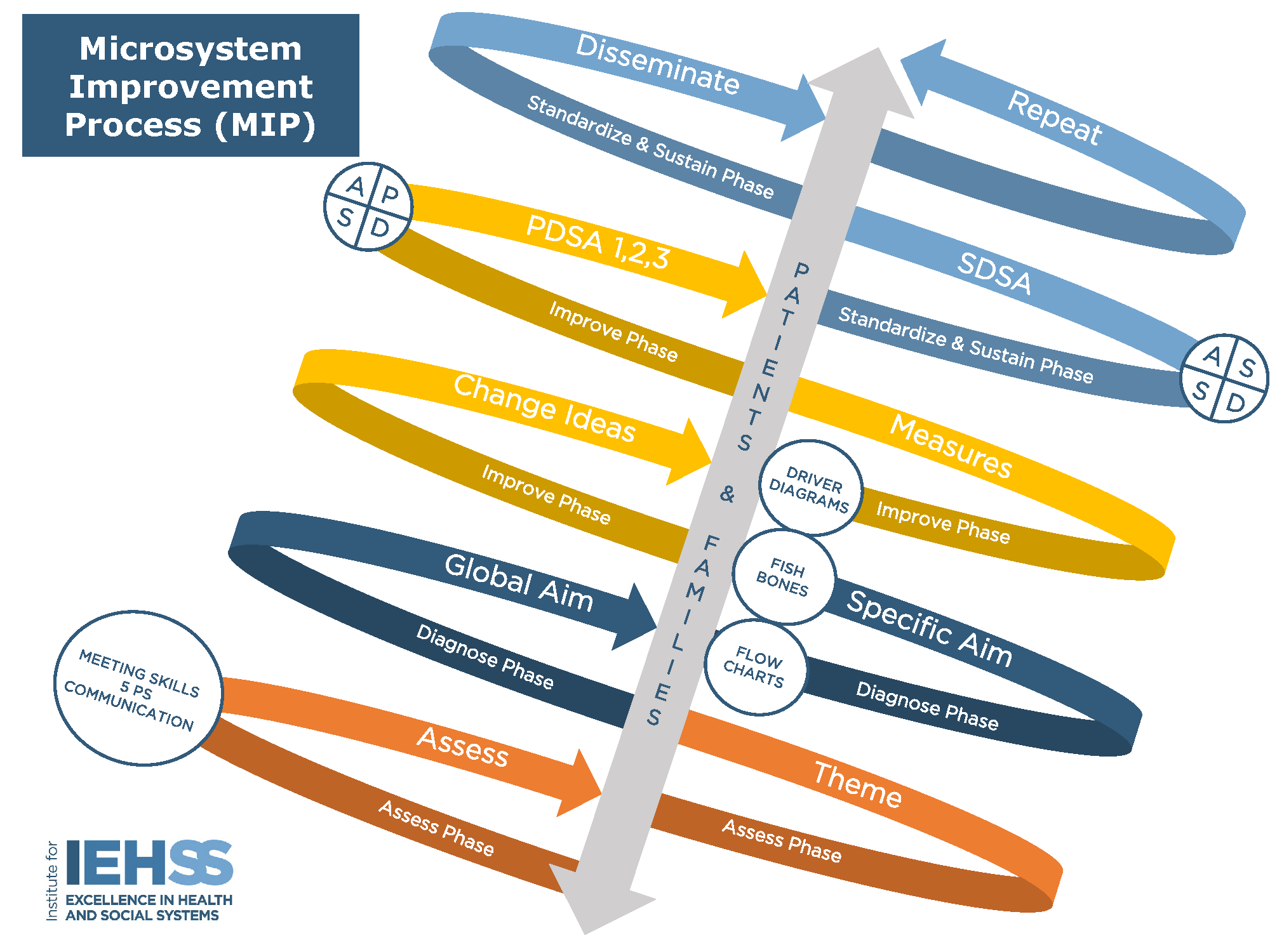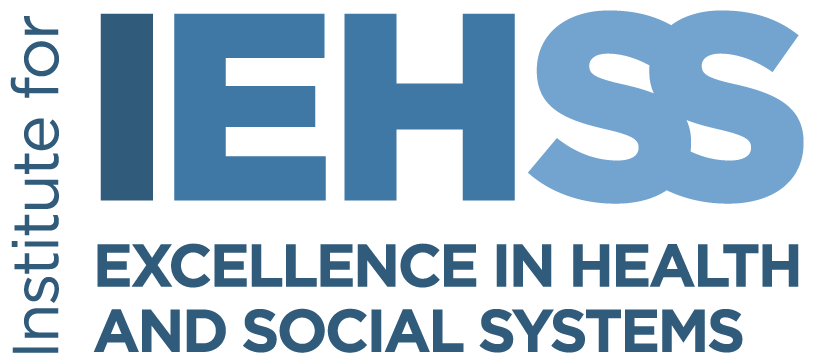Organizations we have worked with
Cystic Fibrosis Foundation
For nearly 20 years, IEHSS has worked with the Cystic Fibrosis Foundation to decrease practice variation in the systems and processes of lung transplant referrals and transitions from cystic fibrosis (CF) programs to transplant programs. Using a wave model, interprofessional Lung Transplant Transition Learning and Leadership Collaboratives (LTT LLCs) are developed and coached through a customized Microsystem Improvement Process (MIP) and leadership development program for 18 months. LTT LLCs then join the Regional Dissemination Network (RDN) for 12-18 months to develop and disseminate best practice recommendations. The programs then reach a stage of continuous improvement to sustain achievements in patient care.
The work continues today and over 90% of CF centers participating and multiple process improvements closely linked to the impact of CF LTT LLC, including:
- Percentage of patients seen by physical therapist each year increased
- Percentage of patients seen by dietician each year increased
- Percentage of patients seen by a social worker increased
- Additional site-specific improvements
Quality Registry Centre Stockholm
38 organizations and 80 improvement coaches engaged in strategies for change that included:
- Used 26 Swedish National Quality Registers to measure local quality improvement results
- Developed two parallel learning programs tailored for frontline staff and leadership
- Created a professional network
- Offered specific support to enhance patient partnership in improvement
- Established a contract teaching agreement comprised of 15 higher education credits
- Outcomes included reduced HbA1c (form of hemoglobin that is chemically linked to sugar) for patients with type 1 diabetes, improved blood tests in patients after myocardial infraction, reduced door-to-needle time in acute stroke, decreased time in ventilator in intensive care and
- increased re-visit rate to midwife after birth.
Dartmouth-Hitchcock Medical Center
Using the Dartmouth Microsystem Improvement Curriculum (now the Microsystem Improvement Process), the Plastic Surgery Section has seen improvement in patient and staff satisfaction, access to care and clinical productivity. It has become the leading clinical program for achieving productivity rates exceeding national benchmarks (Nelson, Batalden, Godfrey, 2007). Read more in Quality by Design: A Clinical Microsystems Approach by Eugene C. Nelson, Paul B. Batalden and Marjorie M. Godfrey.
Sheffield Coaching Academy
Our team supported the creation of the Microsystem Coaching Academy in the UK as part of Sheffield Teaching Hospitals, part of the National Health Service Foundation Trust. To date, the academy has trained 273 microsystem coaches and taught over 1,400 staff in “Introduction to Quality Improvement” courses.
Individual Self-Health Action Plan for Empowerment (inSHAPE)
32 professionals from seven agencies participated in 18 electronic learning sessions to build community partnerships to advance health promotion for seriously mentally ill clients.
Additional Results Include:
- Formalization of a buddy system for leaders
- Implementation of Primary Palliative Care
- Improved % of patients provided with educational material during the appointment from 0% to 83%
- Implementation of regular zoom meetings with the multidisciplinary team that include following effective meeting skills, shared agendas and evaluation of the meeting effectiveness
- Increase in FEV1 in people with Cystic Fibrosis by 19% from 2011 to 2021
- Increase of BMI in people with Cystic Fibrosis by 99% from 2011 to 2021
- % of referrals sent from Diabetes clinic to Dental Clinic increased from 38% to 71%


